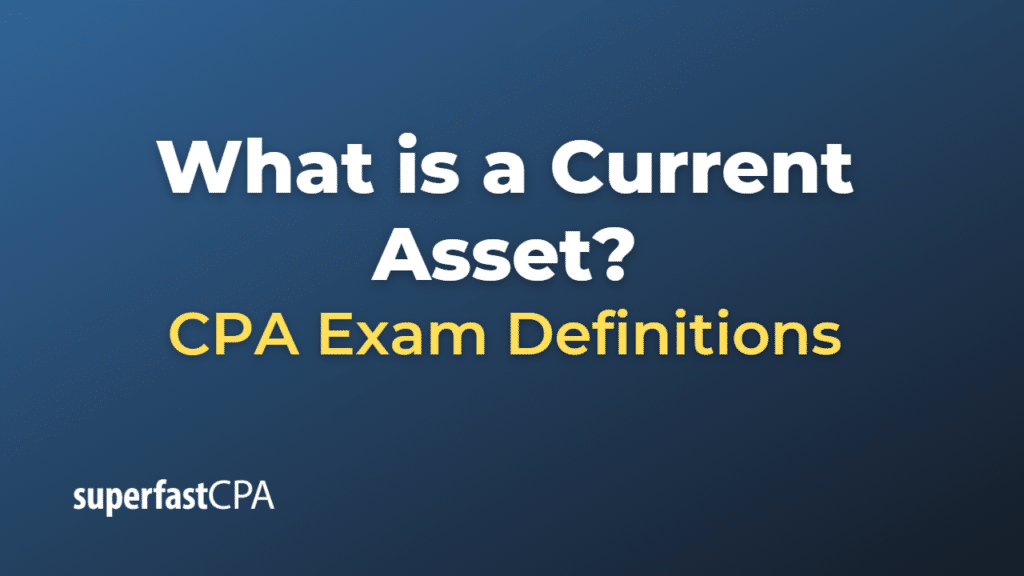Current Asset
A current asset is a category of assets on a company’s balance sheet that can be easily converted into cash or used to pay off current liabilities within one year. Current assets include cash, cash equivalents, accounts receivable, inventory, marketable securities, prepaid expenses, and other liquid assets.
Here’s a brief explanation of each:
- Cash: This is the most liquid asset and includes petty cash as well as cash in checking and savings accounts.
- Cash Equivalents: These are investments that can be readily converted into cash, such as money market funds, Treasury bills, and short-term commercial paper.
- Accounts Receivable: This is money owed to a company by its customers for goods or services that have been delivered or used but not yet paid for.
- Inventory: This includes raw materials, work-in-progress goods, and finished goods that a company has on hand.
- Marketable Securities: These are investments that a company can easily sell, such as stocks, bonds, or other short-term investments.
- Prepaid Expenses: These are payments made in advance for goods or services to be received in the future.
Current assets are crucial for a company’s short-term liquidity, as they can be used to fund day-to-day operations and pay off short-term debts. They’re often used in financial metrics, such as the current ratio (current assets divided by current liabilities), to assess a company’s financial health.
Example of a Current Asset
Let’s consider a hypothetical example of a company’s balance sheet to illustrate what current assets might look like:
ABC Corporation
Balance Sheet as of December 31, 2023
ASSETS
Current Assets
- Cash: $50,000
- Cash Equivalents (e.g., Money Market Funds): $20,000
- Accounts Receivable: $30,000
- Inventory: $70,000
- Marketable Securities: $40,000
- Prepaid Expenses: $10,000
- Total Current Assets: $220,000
- Property, Plant, and Equipment: $300,000
- Long-Term Investments: $50,000
- Intangible Assets (e.g., patents, trademarks): $30,000
- Total Non-Current Assets: $380,000
Total Assets: $600,000
LIABILITIES AND EQUITY (… further details…)
In this case, the total current assets amount to $220,000, indicating the value of assets that the company expects to convert to cash or use up within the next year. These assets are crucial for meeting the company’s short-term obligations and for funding its day-to-day operations.













